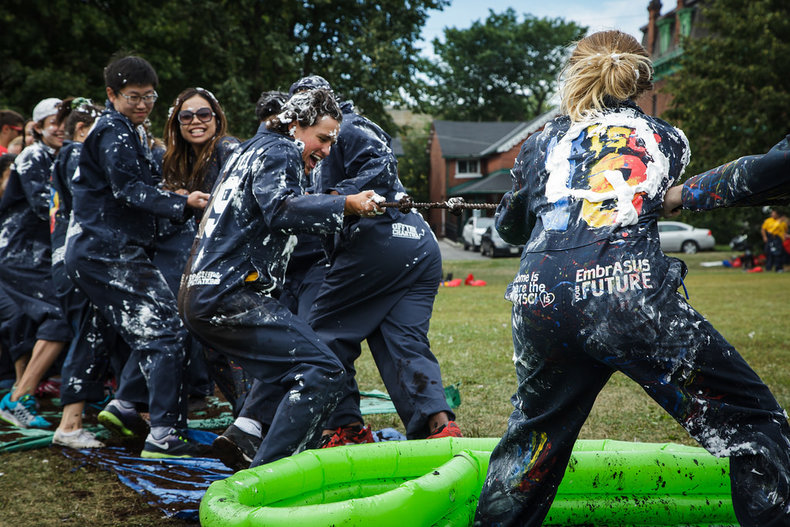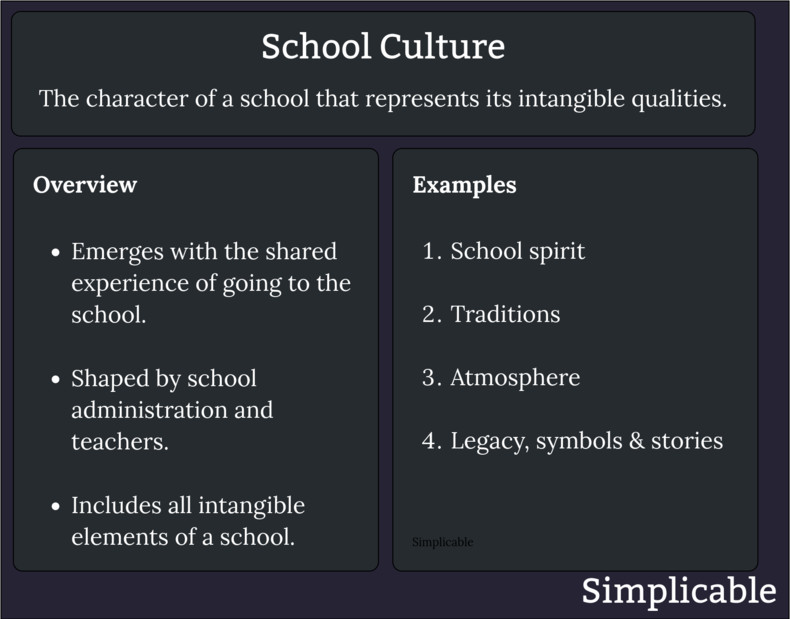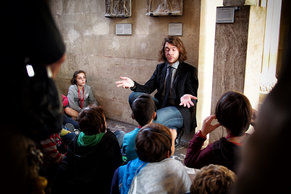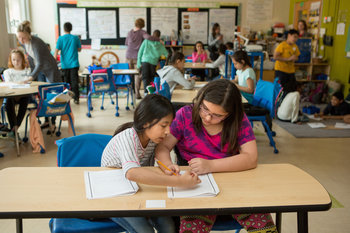
Mission & vision | Values |
Leadership | School climate |
Atmosphere | Architecture |
Student behavior & conduct | Classroom environments |
Discipline policies | Dress code |
Student voice | Parent involvement |
Traditions | Orientation activities |
Celebrations | Homecoming |
Bullying prevention | Safety & security |
Academic excellence | Achievement expectations |
Extracurricular activities | School clubs |
Athletics | Use or overuse of technology |
School rules | Diversity & inclusion |
Norms | Openness of communication |
Transparency | Community partnerships |
Parent partnerships such as PTA | Staff recognition |
Teacher morale | Student awards and honors |
Parent-teacher conferences | Student-led initiatives |
Student-led clubs and activities | Honor systems |
Student leadership roles | Student government |
School colors | School song |
School mascot | School uniforms |
Peer mentoring programs | Assemblies |
Guest speakers | Partnerships with other schools |
Exchange programs with foreign schools | Community service projects |
Sustainability projects | Nature experiences |
Campus greenspace | School pride |
Feedback mechanisms | Governance & oversight |
Leadership accountability | Symbols |
Stories | Myths & legends |
Level of trust | Conflict resolution |
Style of teaching and learning | Professional code of ethics |
Field trips | School garden |
School pets | Recess and play |
Free time | Outdoor education |
Homework policies | Educational excursions and trips |
Experiential learning | International exchange programs |
Scholarships | Disaster preparedness |
Hands-on activities | Internships |
Interdisciplinary projects | Teacher development, evaluations and opportunities for advancement |
Symbols
Symbols such as colors, logos, fashion, places and people. For example, a school uniform or building with unique and compelling architecture.Stories
Information and myths that give the school an interesting character.Legacy
The history of a school such as a list of graduates who went on to do great things.Language
Elements of language that are unique to a school such as slogans, terms and slang.Traditions
Traditions such as unique ways of celebrating accomplishments.Rites of Passage
Ceremonies and traditions that mark milestones.Habits
Habits such as an environment where being late for class is taken seriously.Expectations
Expectations in areas such as student conduct and professional diligence. For example, the expectation that faculty prepare for lessons and not just wing it.Methods
Educational methods such as a system of student leadership.Honor Systems
Rules that aren't enforced by controls to give students an opportunity to demonstrate that they are trustworthy.Etiquette
Conventions of polite behavior that exist between faculty and students.Ethics
The ethical climate of a school.Comradery
Students and faculty who identify with the school and feel a sense of belonging and community.Loyalty
Students and faculty who feel a sense of allegiance and duty to a school.Tone
The overall atmosphere of a school. For example, a school that embraces tradition and discipline versus a school that embraces change and creativity.Summary
The following are the basic types of school culture.
Overview
School culture includes all intangible elements of the school experience that give a school its character.
| Overview: School Culture | ||
Type | ||
Definition (1) | The intangible qualities of a school that give it a unique character. | |
Definition (2) | The norms and shared experiences that evolve over school's history. | |
Related Concepts | ||








































